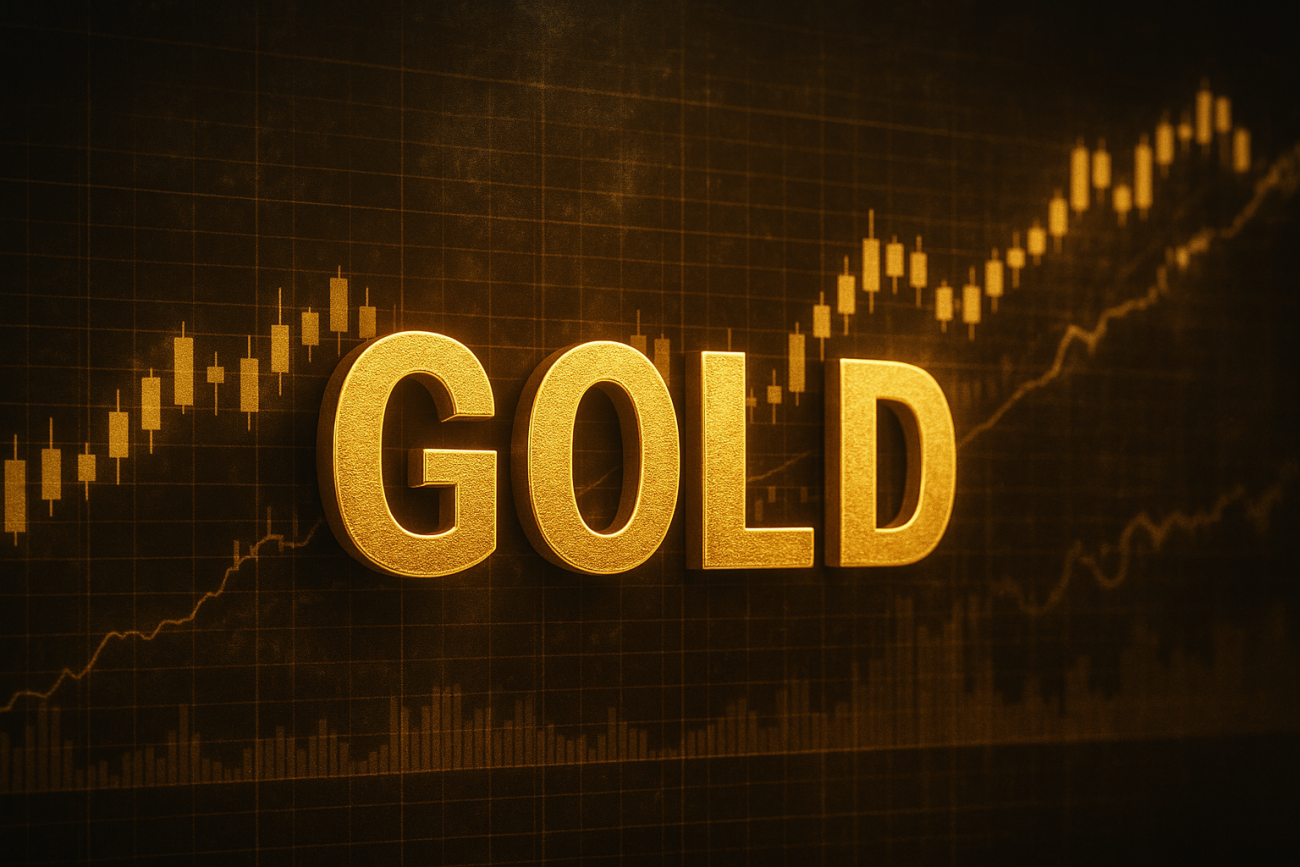Gold’s impressive rally continues to gain steam, and according to Deutsche Bank, we’re just getting started. The investment bank projects gold could average $4,000 per ounce by 2026, while silver targets $45 per ounce. This isn’t just another bullish call; it reflects a fundamental shift happening in global markets where central banks are buying aggressively, the Federal Reserve is shifting course, and supply constraints are tightening across precious metals.
Gold’s Bullish Momentum Builds
Deutsche Bank’s analysts see several powerful forces converging to push gold significantly higher. The forecast, recently highlighted by market watchers, comes as more investors view gold not just as a crisis hedge but as a core portfolio holding. This represents more than typical price appreciation—it suggests gold is being revalued within the broader financial system as geopolitical tensions rise and monetary policies shift worldwide.
Historically, gold has served as a safe haven during times of uncertainty. However, the current landscape indicates a more profound transformation. With inflation concerns, geopolitical instability, and a shifting economic paradigm, investors are increasingly recognizing gold’s intrinsic value. This shift is not merely speculative; it reflects a growing consensus that gold will play a pivotal role in future financial strategies.
Technical Picture Supports the Rally
Looking at gold’s chart, the bullish case is clearly visible. Gold has climbed from around $1,800 in 2021 to above $3,700 by mid-2025, showing remarkable strength. After consolidating sideways between April and August while financial models caught up with actual prices, gold broke out decisively and surged past key resistance levels. The price action now closely tracks model projections, with the trajectory pointing directly toward that $4,000 target.
This classic consolidation-breakout pattern, combined with strong model alignment, gives the forecast significant technical credibility. Analysts note that such patterns often precede substantial price movements, reinforcing the bullish sentiment surrounding gold. As more investors recognize these technical indicators, the momentum is likely to build further, attracting even more capital into the gold market.
Key Drivers Behind the $4,000 Target
Several structural forces are working together to support higher gold prices:
Central Bank Buying Continues: Countries are diversifying reserves away from the dollar, creating sustained institutional demand. Central banks around the world have been increasing their gold holdings, signaling a strategic shift in reserve management. This trend is expected to continue, providing a solid foundation for gold prices.
Fed Policy Shift: Expected rate cuts reduce the opportunity cost of holding non-yielding assets like gold. As the Federal Reserve pivots towards a more accommodative monetary policy, the attractiveness of gold as a store of value increases. Lower interest rates diminish the appeal of interest-bearing assets, making gold a more attractive option.
Dollar Weakness: A declining USD makes gold more attractive to international buyers. As the dollar weakens, gold becomes cheaper for holders of other currencies, driving demand. This dynamic is crucial in a global market where currency fluctuations can significantly impact asset prices.
Silver Supply Deficit: Tight physical markets and growing industrial demand support the entire precious metals complex. Silver, often viewed as a secondary player to gold, is experiencing its own supply constraints. This situation not only bolsters silver prices but also enhances the overall attractiveness of precious metals as an investment.
Silver’s Supporting Role
Silver’s forecast of $45 per ounce by 2026 makes perfect sense given its dual nature as both a monetary metal and industrial commodity. With surging demand from solar panels, electronics, and electric vehicles, silver often outperforms gold during late-cycle commodity rallies. Current supply constraints only add to the bullish picture.
The industrial applications of silver are expanding rapidly, driven by technological advancements and the global push for renewable energy. As industries increasingly rely on silver for various applications, the metal’s value is likely to rise, further supporting the overall precious metals market.
Conclusion
In summary, the outlook for gold and silver is exceptionally bullish, driven by a confluence of factors that suggest a significant revaluation of these precious metals. With Deutsche Bank projecting gold could reach $4,000 per ounce and silver $45 per ounce by 2026, investors are encouraged to consider the implications of these forecasts seriously. As central banks continue to buy, the Federal Reserve shifts its policies, and supply constraints tighten, the stage is set for a new era in precious metals. Whether as a hedge against uncertainty or a core portfolio holding, gold and silver are poised to play an increasingly vital role in the financial landscape.




